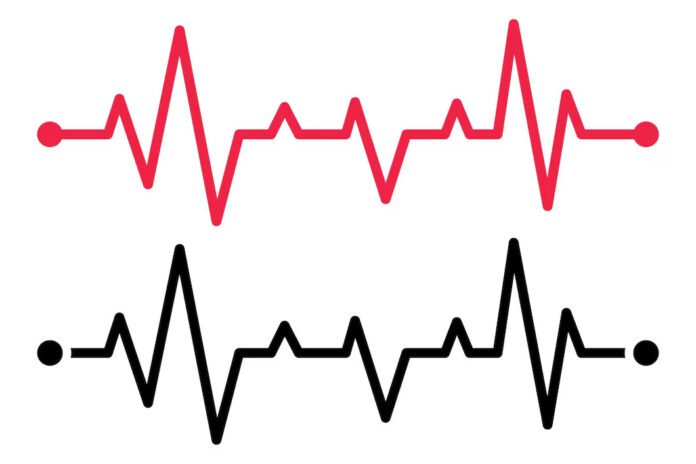Beats is an interesting topic in physics that explains how two sounds can combine to create a unique pattern. This pattern, known as the beat frequency, is the result of the interference between the two sounds and can be seen as changes in the volume of the combined sound.
Definition of beats
The phenomenon of two sound waves interfering with each other. When two sound waves with slightly different frequencies are played together, they create a pattern of constructive and destructive interference. This pattern creates a fluctuation in the volume of the sound,this is known as a beat.
When do Beats Occur?
Beats occur when two sound waves with slightly different frequencies combine with each other. This interference creates a pattern of constructive and destructive interference, resulting in a fluctuation in the volume of the sound, in such a way that their amplitudes reinforce each other at some points in space, while they cancel each other out at other points in space. This results in a periodic increase and decrease in the overall sound intensity, producing the rhythmic fluctuations we hear as beats.
What is Beat Frequency?
Beat frequency happens when two sounds with slightly different frequencies are superimposed. When this happens, the volume of the combined sound changes in a regular pattern, like a wave.
The beat frequency is defined as the number of the volume changes that happen in one second. The unit to measure the beat frequency is Hertz (Hz).
For example, if two waves have frequencies of 440 Hz and 445 Hz, the beat frequency would be 5 Hz, meaning the volume of the sound would fluctuate 5 times per second. A higher beat frequency results in a faster fluctuation in volume and a lower beat frequency results in a slower fluctuation.
Beat frequency formula
The beat frequency is equal to the difference between the frequencies of the two interfering waves.
Let two waves with frequencies and are interfering with each other, then the formula for beat frequency is:
Where,
is beat frequency
is the frequency of first wave
is the frequency of second wave
The effect of beat frequency on the sound we hear
Beat frequency is the rate at which the volume of a sound wave fluctuates when two sound waves with slightly different frequencies interfere with each other. The beat frequency is equal to the difference between the frequencies of the two interfering waves and determines the rate of the rhythmic fluctuation in volume. A higher beat frequency results in a faster fluctuation in volume and a lower beat frequency results in a slower fluctuation. The beat frequency has a significant impact on the sound we hear and can be used to create various musical effects and impact the overall sound quality..
Applications of beat
- Beats were used by musicians to control the tone of their instruments
- In order to find the unknown frequency, beats are used.
- Both Doppler ultrasound and echocardiography are based on the beat phenomenon.
- Tuners for pianos and organs also employ this method to count beats and produce a precise number of distinct intervals.
- To determine the unknown frequency, beats are used.
- In order to find out whether there are hazardous gases in mines, beats are utilized.
- In the sonometer experiment, beats are used to modify the distance that two bridges vibrate from one another.
- Both echocardiography and doppler ultrasonography are based on the occurrence of the beats.
- The Doppler RADAR can estimate an aircraft’s speed. This is based on the beats phenomenon.
Recommended Articles:
Bar Magnet: Classification, Types, Properties, Lines, and Uses
Barometer: Definition, Working, Pressure, Types and Unit
Basic Laws of Physics: Motion, Conservation of Energy, Mass and Thermodynamics
Basic Properties of Electrical Charge
Batteries In Series Parallel
Beats in sound waves are caused by the interference of two sound waves with slightly different frequencies. The beat frequency is equal to the difference between the frequencies of the two interfering waves. Beats in physics have practical applications in tuning musical instruments, calibrating sound equipment, and in scientific research. The beat frequency determines the rate of the rhythmic fluctuation in the volume of the sound we hear. A higher beat frequency results in a faster fluctuation in volume. Yes, beats can be used to determine the frequency of a sound wave. By listening to the beat frequency, and knowing the difference between the frequencies of the two interfering waves, it is possible to calculate the frequency of one of the waves. Beats FAQs
What is the cause of beats in sound waves?
What is the relationship between beat frequency and the frequencies of the interfering waves?
What are some practical applications of beats in physics?
How does beat frequency affect the sound we hear?
Can beats be used to determine the frequency of a sound wave?
